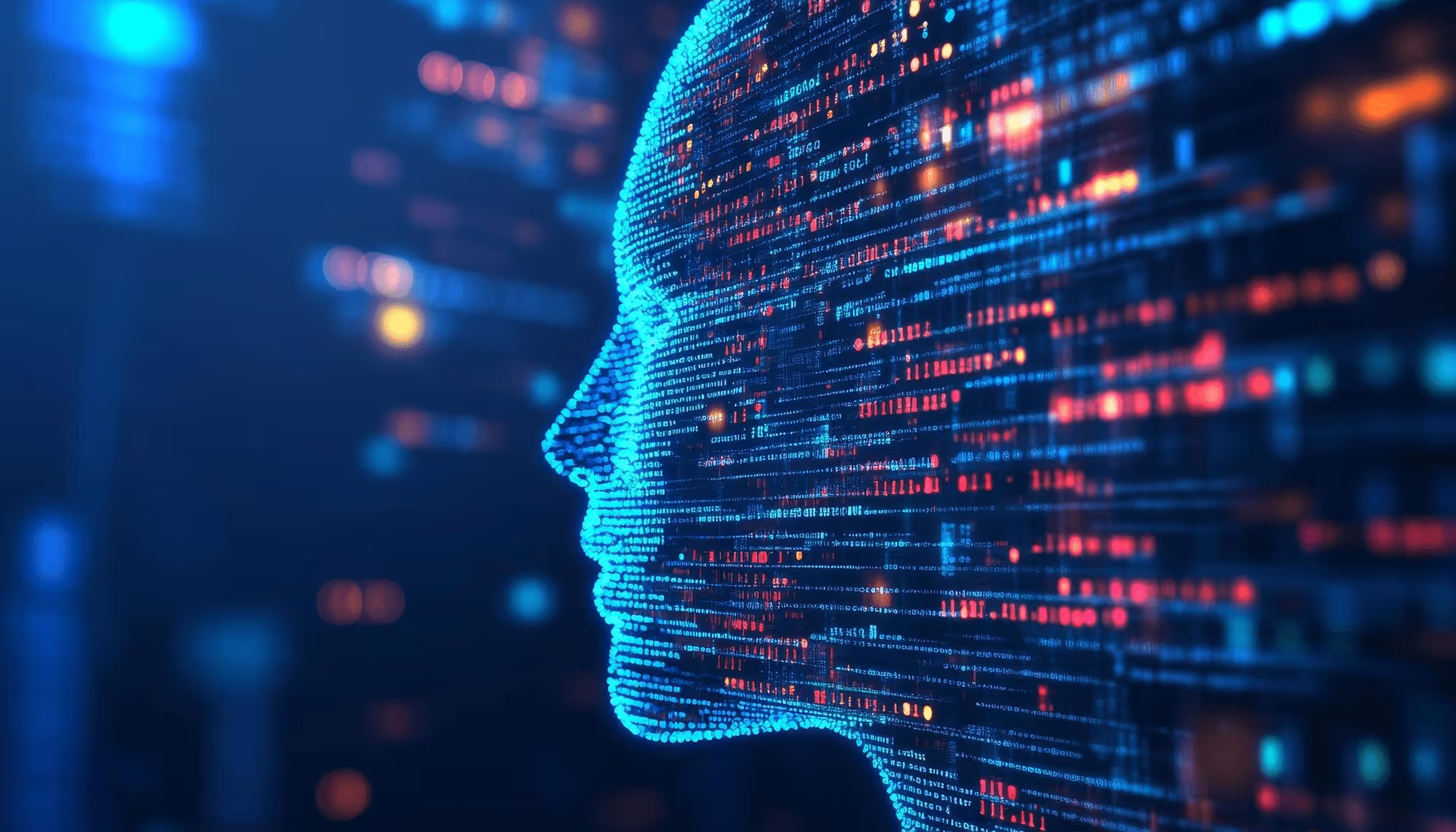ISO 27001 has long been the go-to framework for keeping information secure. But AI is changing the landscape. Data protection alone doesn’t stop a model from drifting, making biased predictions, or operating in ways you never intended.
That’s exactly why ISO 42001 was created — a standard designed to govern AI systems responsibly from design to deployment and beyond.
The two frameworks may look similar at a glance, but they solve fundamentally different problems. One protects information. The other manages the behaviour of the intelligence that uses it.
For organisations deploying AI at scale, understanding how these standards intersect is becoming a core part of modern compliance.
ISO 27001 vs ISO 42001: A quick reality check
These two standards might share the same DNA, but their focus couldn’t be more different.
- ISO 27001 builds an information security management system that protects your information assets from cyber threats, data breaches, and unauthorised access.
- ISO 42001 builds an AI management system (AIMS) to ensure your AI systems behave responsibly — with ethical considerations, human oversight, and proper risk management through the entire AI lifecycle.
Both are management systems built on the same structure:
Context → Leadership → Planning → Support → Operation → Performance Evaluation → Improvement.
The difference?
ISO 27001 focuses on technical controls like access control, incident management, and data integrity.
ISO 42001 introduces AI-specific controls to manage algorithmic bias, data quality, and ethical AI practices.
In short: 27001 protects the information. 42001 protects how that information is used.
Why ISO 42001 appeared now
AI isn’t on the horizon anymore — it’s already in hiring systems, customer support, analytics tools, and decision-making dashboards.
But with great AI operations comes great risk.
AI-specific risks — like bias, lack of transparency, and model drift — can’t be managed with traditional security measures alone.
That’s why ISO/IEC 42001 arrived: a comprehensive framework for AI governance that covers the entire AI lifecycle, from design to decommissioning.
It helps organisations:
- Build governance structures and assign clear accountability.
- Manage AI risks systematically.
- Maintain transparency and ethical standards.
- Meet AI regulations like the EU AI Act.
Where ISO 27001 asks, “Is your data safe?”, ISO 42001 asks, “Is your AI behaving safely?”
The connective tissue: ISO 42001 and ISO 27001 together
Here’s where things get interesting. Organisations using AI often need both ISO 27001 and ISO 42001.
Why? Because data feeds AI, and AI acts on that data. If your data governance is weak, your AI governance will fail.
Integrating ISO 42001 with existing management systems — like an established ISMS under ISO 27001 — gives you a comprehensive governance model that manages both information security and AI systems.
You can literally enhance your ISMS by incorporating AI-specific considerations, controls, and risk management practices.
This integrated approach helps you:
- Mitigate AI-specific risks before they become compliance issues.
- Strengthen regulatory compliance under frameworks like the EU AI Act.
- Demonstrate a commitment to ethical AI development and responsible AI management.
In practice, that means extending your existing processes — risk assessments, internal audits, documentation — to include AI.
Comparing the core: information security vs AI governance
Both standards share structure and intent — but their focus differs radically.
ISO 27001 focuses on:
- Protecting confidentiality, integrity, and availability of data.
- Implementing technical controls (access control, cryptography, patch management).
- Managing information security risks and mitigating potential security risks.
- Ensuring continuous improvement of the ISMS.
ISO 42001 focuses on:
- Ensuring AI systems operate safely, fairly, and transparently.
- Introducing AI-specific controls to manage ethical and technical risks.
- Embedding responsible development practices across the entire AI lifecycle.
- Requiring human oversight and accountability in AI decisions.
Where ISO 27001 protects data from technology, ISO 42001 protects people through technology.
AI risk management vs information security risk management
Let’s talk about risk management — the heart of both frameworks.
ISO 27001: Traditional risk management
You identify, assess, and mitigate information security risks such as:
- Data breaches
- Insider threats
- System vulnerabilities
- Unauthorised access
- Loss of data integrity
ISO 42001: AI-specific risk management
Here, you’re dealing with emerging technological risks like:
- Algorithmic bias or unfair decision-making
- Inaccurate training data
- Lack of transparency in model outputs
- Inadequate human oversight
- Ethical or legal non-compliance
ISO 42001 demands a multidisciplinary approach — security, data science, ethics, legal — all at the same table.
It’s a shift from “What happens if the data leaks?” to “What happens if the data learns the wrong thing?”
Both use structured risk management frameworks, but ISO 42001 extends that thinking into the behavioural and ethical domain.
The certification process: what actually happens
If you’ve achieved ISO 27001 certification, ISO 42001 will feel familiar — but with a few extra layers of complexity (and philosophy).
The process starts with a gap analysis — identifying how your current management systems align with AI-specific requirements.
From there, you’ll:
- Define your AI governance structures.
- Implement AI-specific controls and policies.
- Conduct an AI risk assessment to identify, evaluate, and mitigate AI-specific risks.
- Integrate those controls into existing processes and management practices.
- Undergo internal audits and a third-party certification audit.
The implementation phase typically follows the Plan–Do–Check–Act (PDCA) cycle:
- Plan: Identify risks, objectives, and controls.
- Do: Implement and operate the system.
- Check: Conduct internal audits and management reviews.
- Act: Drive continual improvement and corrective actions.
Both ISO standards require leadership involvement, documentation, and ongoing improvement after certification.
How ISO 42001 enhances your ISMS
You don’t need to reinvent your ISMS. You just need to evolve it.
Organisations can leverage the features of ISO 42001 to enhance their existing ISMS by adding AI-specific risk management practices and controls.
For example:
- Extend data classification to cover training data sets and model outputs.
- Incorporate AI policy and governance into your existing documentation.
- Add AI-specific incident management for model errors or harmful outcomes.
- Expand your access control lists to include who can modify or retrain AI models.
- Include ethical considerations in change management and project reviews.
This way, ISO 42001 doesn’t replace ISO 27001 — it strengthens it.
It turns your ISMS into an intelligent, comprehensive governance model that supports AI systems compliance and responsible AI management side by side.
Data governance: the shared foundation
Data is where both standards meet.
AI can’t function without high-quality, secure data — and ISO 27001 already gives you the tools to manage sensitive data, ensure data integrity, and implement access control.
ISO 42001 adds the data quality dimension — making sure your AI isn’t trained on garbage data or introducing bias.
Together, they create a robust framework for data governance, where security and responsibility are two sides of the same coin.
Internal and external factors: context that matters
Both standards ask you to consider your internal and external factors — regulatory expectations, customer trust, stakeholder impact.
But ISO 42001 widens that lens:
You’ll need to consider societal and ethical impacts of AI decisions, not just security risks.
For example:
- Could an AI model unintentionally discriminate?
- Does the system offer explainability and accountability?
- Are human reviewers empowered to intervene?
This isn’t box-ticking — it’s about embedding ethical AI development into your operational DNA.
Continuous improvement: it never ends (and that’s the point)
Both standards share the same painful truth — you’re never done.
Certification isn’t the finish line; it’s the baseline.
Once certified, you’ll need to show continual improvement through regular internal audits, management reviews, and risk updates.
With AI systems, that includes monitoring models over time — retraining, testing, and adjusting controls to mitigate emerging risks.
Automation can make this easier. Platforms like Hicomply help you:
- Map controls between ISO 27001 and ISO 42001.
- Automate evidence collection across both frameworks.
- Track risks in one place and update treatment plans in real time.
- Maintain a living system that evolves as your AI does.
Because “set and forget” doesn’t work for algorithms or audits.
The human element: governance and oversight
ISO 27001 has long required leadership buy-in and defined responsibilities. ISO 42001 pushes that further with explicit human oversight of AI.
This means defining who owns:
- AI risk decisions
- Model validation
- Ethical review
- User transparency
It’s not just IT’s job anymore. AI governance needs everyone — compliance, data science, product, legal — working under a comprehensive framework that ties back to business goals and ethical standards.
That’s the beauty of integrating ISO 42001 with existing management systems: you create one responsible governance structure that covers both data security and AI behaviour.
Why both ISO standards matter in 2025
Integrating ISO 42001 with ISO 27001 isn’t just a compliance exercise — it’s a strategic move.
It gives you:
- Regulatory compliance across information security and AI governance.
- Stakeholder trust through transparency and accountability.
- Operational efficiency by using shared management processes.
- A competitive advantage by proving your organisation manages emerging technological risks responsibly.
AI is now embedded in core operations, decision-making, and product design.
That means AI-specific considerations belong in your risk register, not on your “future project” list.
The organisations that get this right won’t just be compliant — they’ll be trusted.
FAQs: ISO 42001 vs ISO 27001
What are the key differences between ISO 42001 and ISO 27001?
ISO 27001 focuses on information security — protecting data and systems.
ISO 42001 focuses on AI governance — ensuring AI systems are ethical, explainable, and aligned with regulations.
The key difference is scope: 27001 secures data; 42001 governs decisions.
Can ISO 42001 be integrated with existing management systems?
Yes. ISO 42001 is designed to be integrated with existing management systems, including ISO 27001.
The shared Annex SL structure makes combining them efficient and logical.
What are AI-specific requirements under ISO 42001?
They include AI- specific controls for bias detection, explainability, accountability, and data quality.
You’ll also need to establish human oversight and ethical governance.
Do both ISO standards require continuous improvement?
Yes. Both demand continual improvement through internal audits, management reviews, and corrective actions.
Compliance is an ongoing cycle — not a certificate on the wall.
Does ISO 42001 align with the EU AI Act?
It does. ISO 42001 supports the EU AI Act by providing a structured governance framework for high-risk AI systems.
Adopting it early demonstrates proactive compliance and responsible AI management.
Wrapping up: security meets responsibility
If ISO 27001 was about proving you could protect data, ISO 42001 is about proving you can be trusted with intelligence.
Together, they form the robust framework modern organisations need — one that secures data, governs AI, and builds trust.
Integrate them, and you get more than compliance.
You get confidence. Clarity. And maybe even a little breathing room before the next audit cycle.
With Hicomply, you can manage both standards in one platform — mapping controls, automating evidence, and maintaining continuous audit readiness across your information security and AI management systems.
If you’re ready to make compliance faster, smarter, and actually manageable — book a demo and see how Hicomply simplifies ISO 27001 and ISO 42001, side by side.





.svg)





